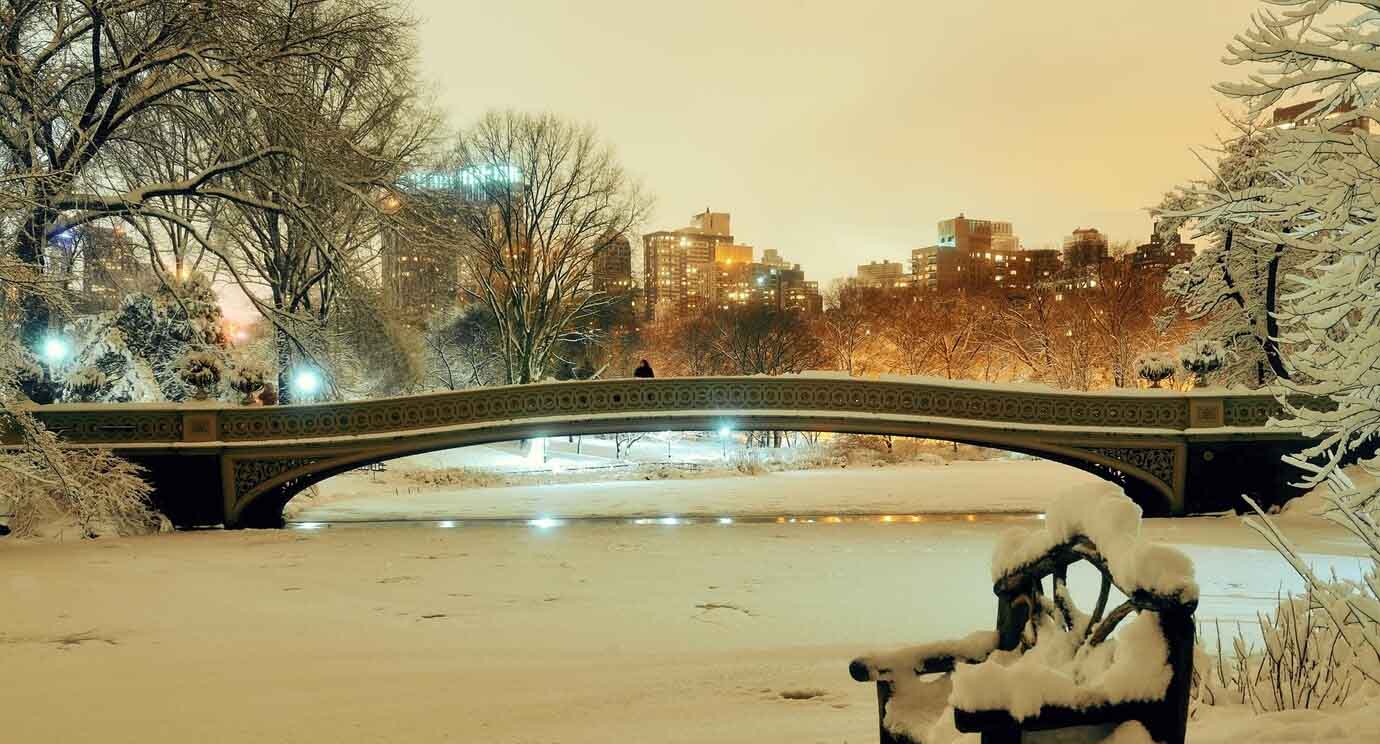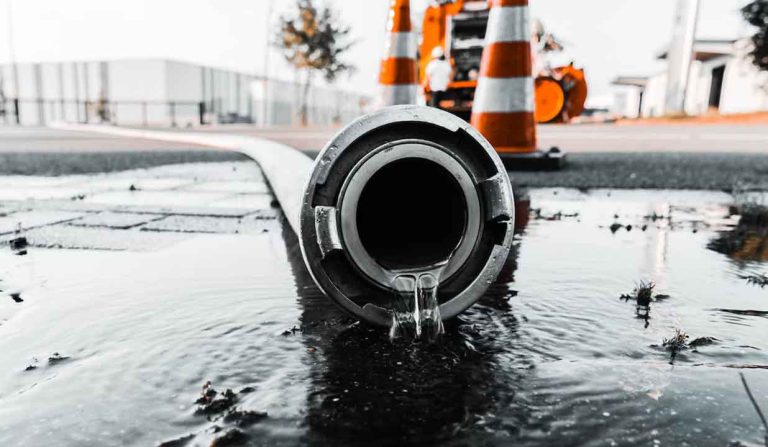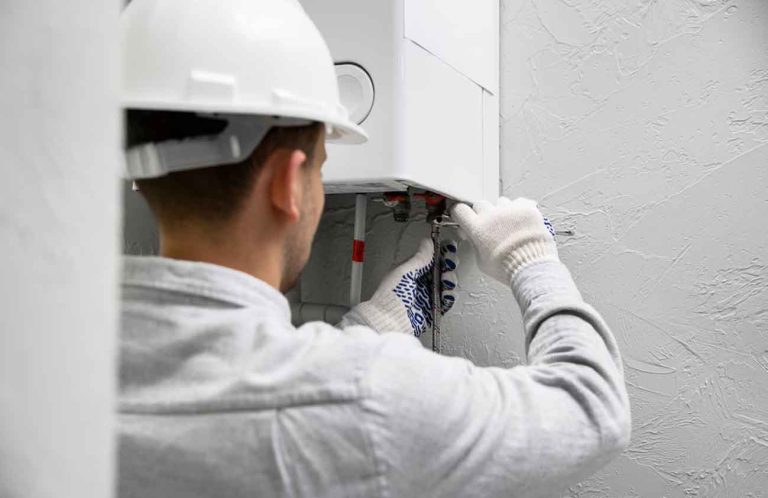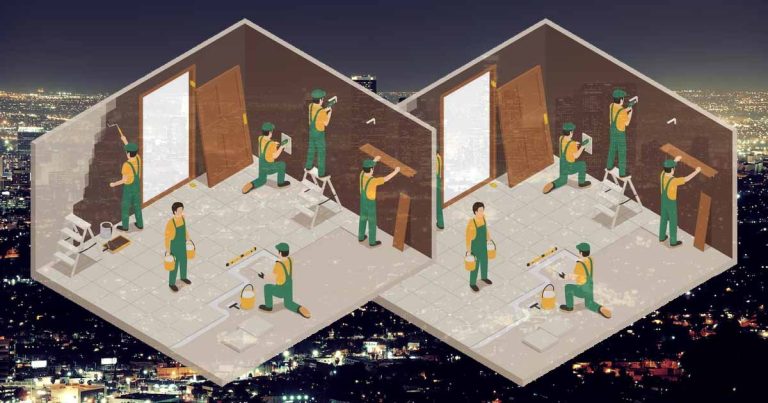Winterizing Plumbing in NYC: Prevent Frozen Pipes
Prepare Your Home for Freezing Temperatures the Right Way
When winter hits New York City, sub-freezing temperatures and aging infrastructure can spell disaster for unprepared homes and apartments. Frozen pipes are more than an inconvenience—they can burst and cause thousands of dollars in water damage. The key to avoiding mid-winter plumbing emergencies is preparation. At PlumberHelp, we specialize in helping NYC homeowners and landlords protect their properties with proven winterization techniques. Here’s your guide to preventing frozen pipes before the deep freeze arrives.
Table of Contents
Why Frozen Pipes Are a Serious Concern in NYC
NYC’s Aging Infrastructure
New York City is known for its charming, historic buildings—many built before modern insulation and plumbing codes. In neighborhoods like Park Slope, Astoria, and the Upper West Side, exposed piping in basements, crawlspaces, and exterior walls remains a widespread issue.
Extreme Winter Temperatures
From late December through February, NYC routinely sees temperatures dip into the 20s and teens, with wind chills making it feel even colder. Winter storms and Nor’easters intensify the risk, particularly in ground-level units and older homes with drafty construction.
Unoccupied Units and Vacation Properties
Many New Yorkers escape the city in the winter, leaving vacant apartments or townhomes. When heat is turned down too low or off completely, water in idle pipes becomes especially susceptible to freezing.
What Happens When a Pipe Freezes or Bursts?
When water freezes, it expands. This expansion creates pressure inside the pipe that can cause it to crack or burst. Once thawed, water leaks or floods the home, potentially damaging walls, floors, ceilings, and even neighboring apartments below.
Frozen pipe damage can cost NYC homeowners an average of $10,000 or more, depending on location and severity. High-rise buildings pose even more risks, as a burst pipe on the 20th floor could impact multiple floors below.
Step-by-Step Guide to Winterizing Your NYC Plumbing
Step 1: Insulate Exposed Pipes
Use foam pipe insulation sleeves to wrap any exposed plumbing in unheated areas. For higher-risk zones like under kitchen sinks or crawlspaces, apply thermostatic heat cables.
Step 2: Seal Drafts and Entry Points
Cold air sneaking into your apartment or basement through utility holes, vents, or window cracks can quickly chill nearby pipes. Use spray foam or caulk to block drafts and protect those vulnerable zones.
Step 3: Drain and Shut Off Outdoor Fixtures
If your home has outdoor spigots, disconnect the hoses and drain the lines. Shut off water to these fixtures entirely, and consider installing a frost-proof spigot to prevent freezing.
Step 4: Let Faucets Drip
During extreme cold snaps, allow a small trickle of cold water to flow through faucets located on exterior walls. This keeps water moving and reduces pressure in the pipes.
Step 5: Keep Cabinet Doors Open
Open cabinet doors during cold nights to allow warm indoor air to circulate through the bathroom and kitchen pipes. This is especially important in apartments with radiators located away from sink areas.
Step 6: Maintain Consistent Indoor Heat
Keep your thermostat at least 55°F, even if you’re away. Use smart thermostats to maintain warmth at night and prevent pipes from freezing when you’re not home.
Step 7: Schedule a Plumbing Inspection
A professional winter prep inspection can identify risks you may overlook. At PlumberHelp, we check for exposed piping, leaks, aging shut-off valves, and code violations. We also provide pipe repair and leak sealing services before winter arrives.
Services Offered by PlumberHelp to Prevent Frozen Pipes
Our winter plumbing services include:
- Pipe insulation installation
- Outdoor spigot frost-proof upgrades
- Emergency plumbing services
- Video camera line inspections to detect hidden leaks
- Drain cleaning to remove buildup that increases freeze risk
- System-wide winter prep for homes, co-ops, and rentals
When to Start Winterizing Plumbing in NYC
| Month | Avg. Low Temp (°F) | Freeze Risk Level |
|---|---|---|
| November | 42°F | Low |
| December | 34°F | Moderate |
| January | 27°F | High |
| February | 28°F | High |
| March | 35°F | Moderate |
Data: National Weather Service (Central Park, 2024)
NYC Borough Data: Where Frozen Pipes Happen Most
| Borough | % of Winter Pipe Emergencies |
| Brooklyn | 34% |
| Queens | 25% |
| Manhattan | 18% |
| Bronx | 13% |
| Staten Island | 10% |
Source: PlumberHelp Internal Call Logs, Winter 2023
Frequently Asked Questions
Why NYC Homeowners Choose PlumberHelp
We understand the unique plumbing needs of New York City properties. From historic brownstones to modern high-rises, our team has years of experience navigating building codes, winter weather, and plumbing system quirks. Our licensed, insured pros are based across NYC for fast service and emergency response. We provide thorough inspections, honest pricing, and year-round plumbing support.
Stay Connected for More Winter Prep Guides
Get winter plumbing tips, burst pipe prevention videos, and behind-the-scenes footage on our official channels:
Call PlumberHelp Before the Freeze Hits
Please don’t wait until it’s too late. Schedule your winter plumbing inspection today and ensure your pipes are protected before the next big storm hits.
📞 Call PlumberHelp Hotline 833-652-4744 or choice one of the plumber in New York
🌐 Schedule Winterization Service Now
📍 We serve all NYC boroughs and New York State locations.








